Faculty and Researchers
Physics Course, Department of Science
An introduction to faculty staff members and laboratories in the Physics Course, Department of Science.
Note: Information on the laboratories is current as of the 2025 academic year. There may be changes to this information in the 2026 academic year.
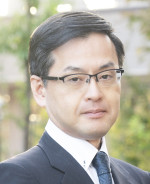
INOUE TARO Kaiki
- Position
- Professor
- Laboratory
- Laboratory for Cosmology
Cosmology, Astrophysics, Galactic Astronomy
In Inoue Laboratory, we study various phenomena on cosmological scales using theoretical and observational methods, in order to elucidate unknown physical laws and mechanisms in the Universe. In particular, we focus on the bending of light paths due to general relativistic effects (gravitational lensing) and changes in light energy (gravitational redshift), and verify the consistency of cosmological models through synergy between theory and observations. In recent years, we have been focusing on observational studies with the ALMA and Subaru telescopes, including verification of dark matter models, galaxy evolution in extremely large-scale low-density regions, deep learning for detecting astronomical objects, and the effect of active galactic nuclei (AGN) on galaxy formation.
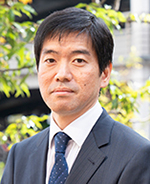
KASAMATSU Kenichi
- Position
- Professor
- Laboratory
- Laboratory of Theoretical Condensed Matter Physics
Theory of Condensed Matter Physics
A Bose gas of neutral atoms cooled down to near absolute zero temperature causes a phase transition called Bose-Einstein condensation, resulting in quantum condensates possessing strange properties, as exemplified by superfluidity. We investigate various phenomena exhibited by atomic Bose-Einstein condensates.
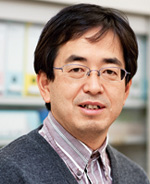
KATO Yukihiro
- Position
- Professor
- Laboratory
- Experimental Particle Physics Laboratory
Experimental Particle Physics
We know that matter is composed of things like quarks and other subatomic particles. But what are subatomic particles composed of? Using a large particle accelerator, research here tries to answer questions like this.
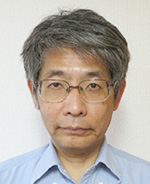
KONDO Yasushi
- Position
- Professor
- Laboratory
- Quantum Control Laboratory
Quantum Information, Condensed Matter Physics
Research is carried out with an interest in a wide range of control methods, in which quantum mechanics such as quantum information and quantum control play an important role. In particular, if quantum computers are realized, it will change the world. It is hoped that the elemental research conducted here will help make such computers a reality.
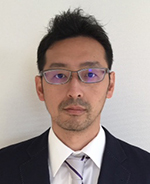
DANSHITA Ippei
- Position
- Professor
- Laboratory
- Quantum Many-Body Physics Laboratory
Theory of condensed matter physics, Theory of atomic, molecular, and optical physics, Theory of quantum control
In condensed matter systems, such as electrons in solids and liquid helium, competitions and/or collaborations of quantum nature and interparticle interactions lead to various interesting phenomena, including superfluidity, superconductivity, quantum phase transitions, and many-body localization. We develop theoretical methods describing quantum many-body systems, aiming to discover novel quantum many-body effects.
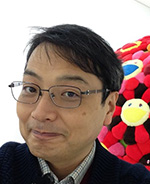
DOTERA Tomonari
- Position
- Professor
- Laboratory
- Soft Matter Physics Laboratory
Quasicrystal Physics, Soft Matter Physics, Condensed Matter Physics
This laboratory is the world leader in soft quasicrystal research. This laboratory made the world’s first discovery of a polymeric quasicrystal, implying that even soft matter has an ordered structure with no repetitive units. Theoretical research on the origin of the formation of soft quasicrystals appeared in Nature. Recently Dr. Dotera found the bronze-mean quasicrystal. Also, he aims to develop the science of gyroid.
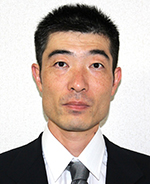
NISHIYAMA Masayoshi
- Position
- Professor
- Laboratory
- Laboratory for Dynamic Living Systems
Biophysics, Bioimaging
Biomolecules are nanometer-sized molecular machines working in living cells. Our research goal is to elucidate the operating principle how biological molecular machines work efficiently in collaboration with water molecules.
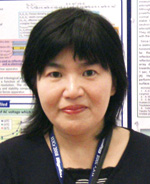
YANO Yohko
- Position
- Professor
- Laboratory
- Biophysics Laboratory
Biophysics, Chemical Physics, Structural Chemistry
Protein comes in various complex structures in the body in order to perform its functions. On the other hand, it easily changes form and loses its functions. These structural changes are observed using the world’s brightest X-rays in order to understand the mechanisms behind the formation of protein structures.
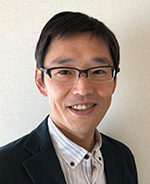
OMURA Yuji
- Position
- Associate Professor
- Laboratory
- Theoretical Particle Physics Laboratory
Theoretical Particle Physics
We study a lot of new physics possibilities motivated by mysteries in our universe and discuss which models are realistic to explain the latest experimental results. We explore for unknown physics beyond the Standard Model of elementary particle.
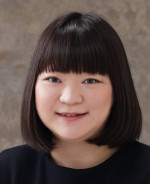
NOBUKAWA Kumiko
- Position
- Associate Professor
- Laboratory
- High-energy Astrophysics Lab.
High-energy Astrophysics
X-ray observations have revealed that the universe is hot and energetic. My research focuses on high-energy phenomena occurring in our galaxy. To further promote observational study, I have developed the CCD detector onboard the XRISM satellite. As the Principal Investigator of the SUIM project, I am also developing the X-ray camera dedicated to atmospheric observations, which will be installed on the exposed area of the International Space Station.
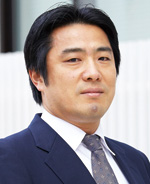
MASUI Takahiko
- Position
- Associate Professor
- Laboratory
- Solid State Physics Laboratory
Condensed Matter Physics (experiments)
In the field of condensed matter physics, it’s possible to conduct research by creating one’s own specimens and measuring these. It is interesting in a completely different way than mega science. The goal here is to discover new physical phenomena and new matter, as well as solve long-debated mysteries of science.
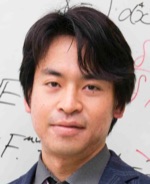
MISUMI Tatsuhiro
- Position
- Associate Professor
- Laboratory
- Quantum Field Theory Lab.
Theoretical Physics, Quantum Field Theory, Elementary Particle Physics
The most elementary objects in nature, called "elementary particles", are described by the theory named as "quantum field theory". In quantum field theory, the existence of particles is itself uncertain and the particles can emerge from the vacuum and can disappear too. In our Lab., we investigate the ways of analyzing quantum field theory and apply them to realistic phenomena in order to obtain deeper understanding of the nature.
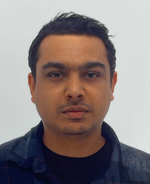
SIDHARTH Rammohan
- Position
- Researcher
- Laboratory
- Quantum Many-Body Physics Laboratory
Theoretical Atomic, Molecular and optical physics, Quantum many body physics.
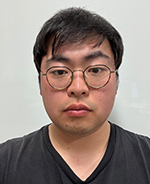
FURUCHI Rito
- Position
- Researcher
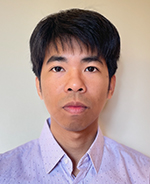
JOSE CARLOS Pelayo
- Position
- Researcher
- Laboratory
- Quantum Many-Body Physics Laboratory